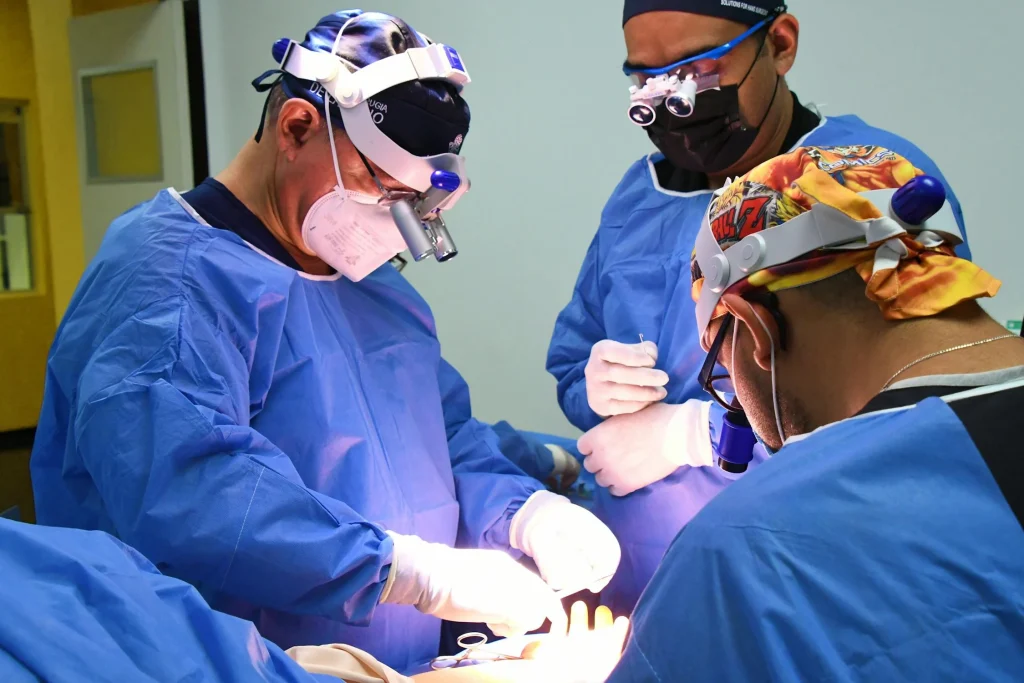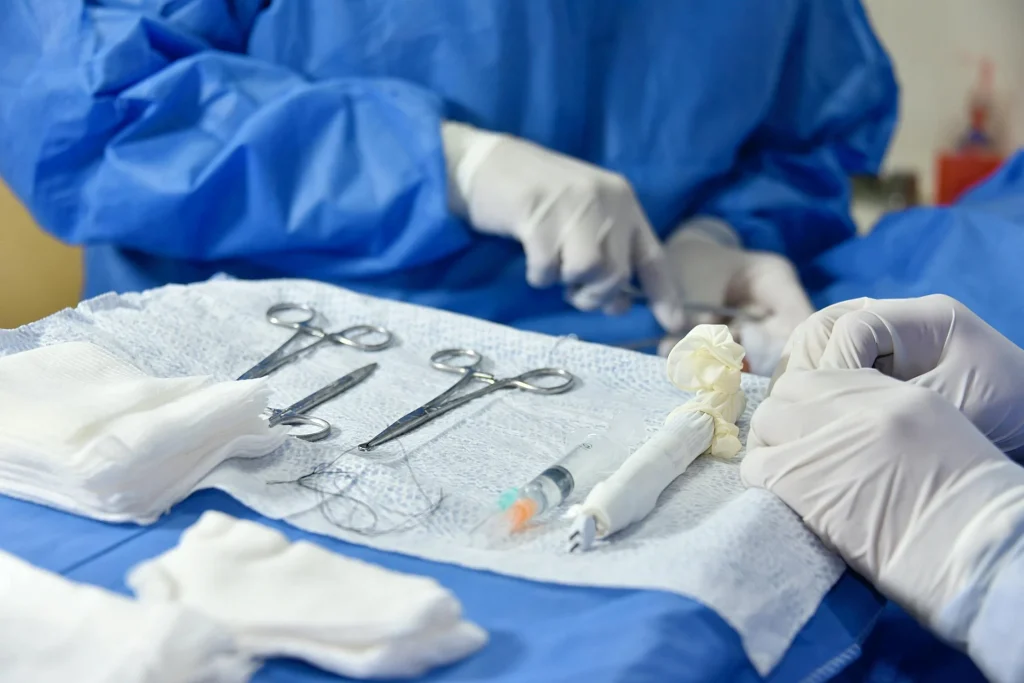For people who have cataracts, surgery is a life-changing treatment that restores clear eyesight. Being one of the most often done procedures globally, it’s essential to comprehend the processes in order to allay any fears or doubts you may have. Examining the nuances of cataract surgery helps you understand the precise procedure that guarantees good results. This article explores the intriguing field of ophthalmic surgery below in detail.
1. Phacoemulsification: The Modern Marvel
The basis of contemporary cataract surgery is said and believed to be the phacoemulsification procedure. Because of its precision and efficacy, cataract surgery has undergone a revolution. During this procedure, your surgeon will create a very tiny corneal incision to get access to the clouded lens. After the cataract is broken up into tiny pieces using ultrasonic waves, suction is used to remove the cataract from the eye. This method minimizes the amount of damage to the eye while preserving the integrity of the surrounding tissues.
2. Intraocular Lens Replacement: Restoring Vision
The implantation of an intraocular lens, or IOL, is one of the most crucial parts of cataract surgery. The ability to see clearly again is made possible by this. An artificial intraocular lens is implanted to replace the natural lens of the eye once the cataract has been removed. To meet each person’s unique visual needs, these lenses come in a range of configurations, including monofocal, multifocal, and toric lenses. The range of focus distances provided by multifocal lenses reduces the requirement for glasses for both near and distant vision. Conversely, mono-focal lenses are often employed for distant vision since they provide sharp Vision at a certain distance. Toric lenses can be used to correct astigmatism, which enhances overall visual acuity.
3. Redefining Precision with Femtosecond Laser-Assisted Cataract Surgery
Femtosecond laser-assisted cataract surgery is a ground-breaking advancement in the area of ocular surgery. This state-of-the-art technique incorporates femtosecond laser technology, which enables the performance of critical stages of the procedure with an unparalleled degree of precision. With the laser, it is able to create exact incisions in the cornea. This facilitates capsulotomy, or the opening of the lens capsule, and also makes it simpler to break the cataract. Femtosecond laser surgery for cataracts resulted in better visual outcomes and shorter recovery times for patients. By making these crucial procedures more precise, this is achieved.
4. Astigmatism Correction: Optimizing Visual Clarity
Visual clarity can be affected by astigmatism, a common refractive defect that can coexist with cataracts. Thankfully, astigmatism can be treated simultaneously with cataract surgery to maximize visual results. Techniques like toric intraocular lens implantation or limbal relaxing incisions (LRIs) can accomplish this. By making exact incisions in the cornea, LRIs can reduce astigmatism by reshaping the cornea’s curvature. With the use of toric intraocular lenses, astigmatism can be carefully corrected, and Vision improved without the need for extra surgical procedures. After cataract surgery, astigmatism can be treated to improve postoperative visual clarity and focus.
5. Postoperative Care and Recovery: Nurturing Visual Rehabilitation
It is essential to have postoperative care after cataract surgery in order to ensure a rapid recovery and the most effective visual rehabilitation possible. Your surgeon will provide you with individualized instructions, which will include information on how to utilize eye drops prescribed by your doctor to promote healing and prevent infection. Participating in follow-up sessions is essential if you want to monitor your progress and address any problems as soon as they appear. The majority of patients have a noticeable improvement in their Vision within a few days, and total stability is achieved within the subsequent weeks; nevertheless, the duration of recovery can vary from patient to patient. When it comes to assuring success, it is very important to pay attention to the instructions given by your surgeon and to take responsibility for your postoperative care.
Conclusion
Gaining knowledge about cataract surgical methods is essential to comprehending the complex processes involved in restoring visual clarity. Every stage of the process, from the accuracy of phacoemulsification to the customization of intraocular lens implantation, is essential to obtaining the best possible visual results. Accepting postoperative treatment and taking an active role in your healing opens the door to a more promising and transparent future.












